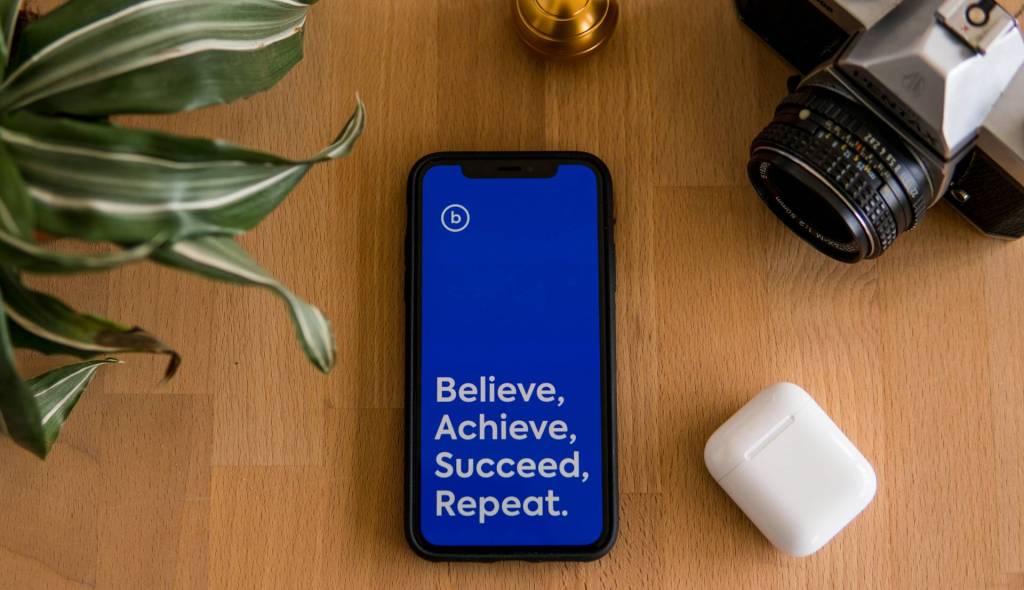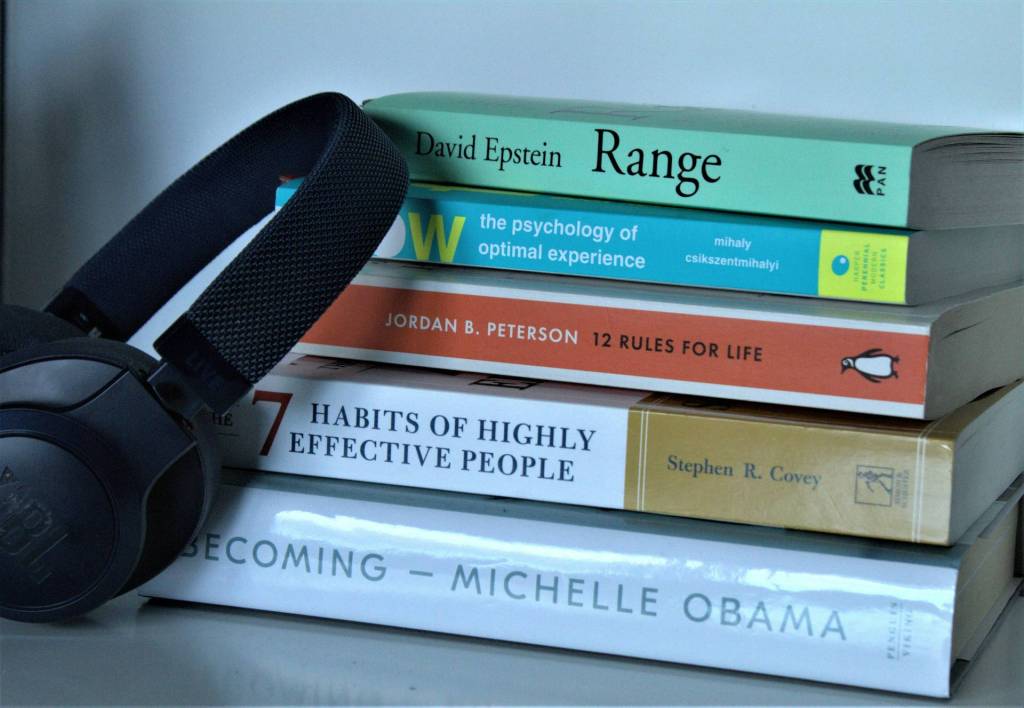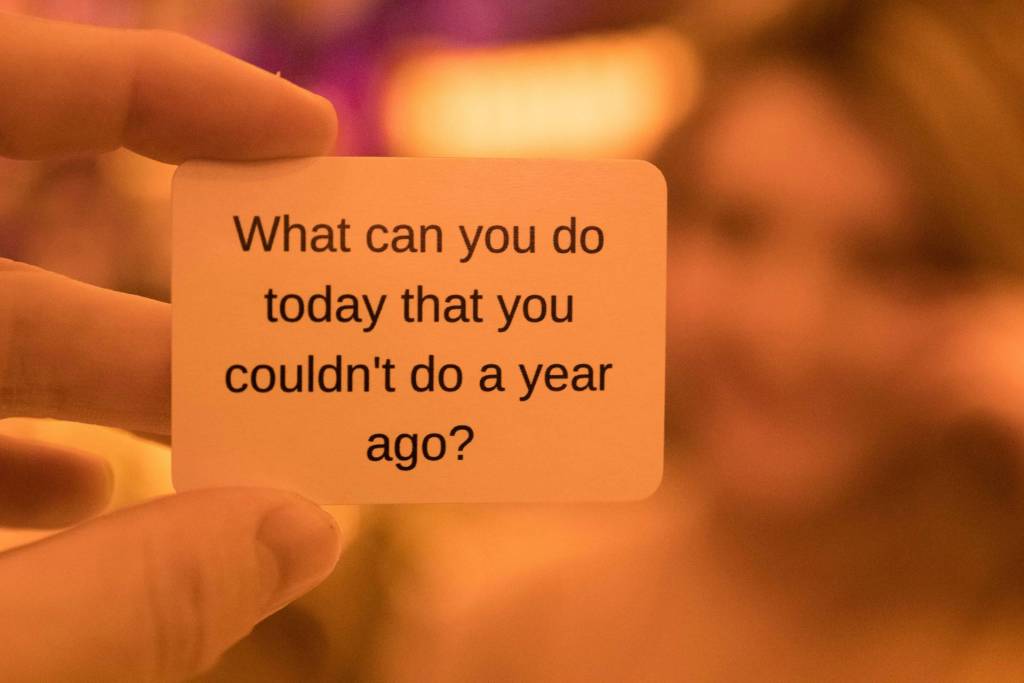It’s widely believed that those who are in sales and marketing need to know how to be persuasive, but what about the rest of us? Does the general public benefit from knowing more about the dynamics of influence and what it takes to be good at being persuasive and to be weary of those influencers who use their tricks to deceive us? Being persuasive is not just important for getting a job and for getting a raise. Persuasion affects everyone; there are times when we are being encouraged to make a decision and other times when we try to inspire others to buy into our requests. What’s important is to know the psychology of persuasion so we could detect when someone is trying to exploit us and improve our own ability to influence others in a dignified and respectful way.
Political figures on CNN news shows, hiring managers, car salesmen, fundraisers, religious leaders and waiters are all potential influencers in our life who are biding for our attention to make a profit or to align with their goals. It’s important to understand what influencers do to convince you to take their side. While many influencers are fair and respectful in using their persuasive abilities, others are deceptive. It’s up to each of us to detect the difference so we avoid making decisions that we come to regret.
There are also times when we’re the ones who are trying to influence others to take our side, become our mate, support our favorite cause, follow our parenting advice or buy our product or service. Being persuasive is a critical life skill, and done tactfully and in a genuine fashion it could have a profound impact on your life: Being an adept influencer could help you find great employment, get a raise, become active and involved in projects that interest you, get you the best deal on a car or on a house and help explain to your kids why studies are important. To do this you need to hone the craft of persuasion. And to maintain great relationships you’ll need to use this skill with care so as to avoid exploiting those you influence.
In Robert Cialdini’s bestseller, Influence: The Psychology of Persuasion, he explains the psychology of why people say yes – and how to apply these understandings. He offers six universal principles, explains how to use them to become a skilled persuader, and how to defend yourself against them. Understanding both sides (the benefits of these shortcuts as well as their potential for exploiting others), and using the principles in a discriminating way, could help you become a truly great influencer.
Six top influence tactics along with a quick guide of how you can use them TODAY
1. Reciprocation: We always want to return the favor. Reciprocation is a powerful rule because we often say “yes” because we feel indebted to someone. Research shows that if you do things for others and they will feel obligated to do something for you in return. Even tiny acts of giving often result in disproportionate acts in return. The interesting part here is that the size of the favor or gift does not matter much. As long as you do it.
Examples:
- If someone buys you lunch, you feel obligated to buy them lunch next time
- At the supermarket, or a warehouse club like Costco, “free” samples encourage the reciprocity rule when they make you buy something you wouldn’t have otherwise.
- For women, if a guy takes you out to an expensive dinner, you feel obligated to go out with him again even though you weren’t that into him.
- If someone invites you to a party, wedding, or an event, you feel obligated to invite them when you have a similar occasion.
2. Authority: We listen to people who seem important. Be it someone wearing a suit or a uniform, with an MD after their name or with a big sounding title on their business card. Who cares if they are actually powerful or if their expertise is relevant to our situation–we still listen. Dress and act sharp and position yourself accordingly.
Examples:
- Policemen, firemen, clergy, office managers, etc.
- Titles (M.D. Ph.D, Esq., M.B.A., etc.)
- The way people are dressed (Ex: 3-piece suit vs. tank top and board shorts). Con artists exploit this rule all the time, like Leonardo DiCaprio in “Catch Me If You Can.”
- In Advertising, we see this principle at play in celebrity endorsements
3. Commitment and Consistency: We want to stay consistent to past decisions. Once someone makes a decision, no matter how small, they are likely to act consistent to that in the future. Even the smallest sale takes someone from a prospect to a customer–much more likely to buy again (and a larger quantity) in the future. If a customer talks about or endorses a product they are much more likely to refer and keep buying. Testimonials don’t just provide credibility. They solidify that customer’s commitment.
Examples:
- Maintaining your religious affiliation, even though there isn’t a shred of evidence that confirms what you believe is in any way true
- You stay married, even though divorce may be the best option, because you’ve made a public commitment “til death do us part”
- You’ve made it public knowledge that you believe President Obama was born in Kenya and continue to bring up the issue, even though there is substantial evidence indicating he was in fact born in Hawaii
- You tell everyone you’re running your 1st marathon in 3 months. The public announcement, or what I call “forced accountability,” will motivate you to be more consistent in your training so you hit your goal.
4. Social Proof: People follow the crowd. Social proof is what a lot of us would refer to as peer pressure. “We view a behavior as more correct in a given situation to the degree that we see others performing it. “Basically, everyone else is doing it, so I’ll do it too.
The more people doing something, the more likely others are to follow. We find safety in numbers. This is another reason testimonials are huge. Do everything possible to show that the masses endorse you, your product or your service. Much less selling is required when you can point to countless other happy customers.
Examples:
- You’re at a bar and your friends all order margaritas, so you do the same
- You laugh at a joke because your friends are laughing, but you don’t even get it
- You see everyone else doing the ice bucket challenge for ALS so you join in the fundraiser too
5. Liking: People say yes to those they like. Rapport is the foundation of all interactions. Find something in common. A hometown, sports team, the same bus route. Move and talk similar to the way they do. The more they like you and feel you’re like them, the more they act in your favor.
Factors that cause one person to like another person?
A) Physical Attractiveness
Want to know why Jennifer Aniston has over 850,000 ‘likes’ on Facebook, and Kim Kardashian has her own reality show and a clothing line at Sears?? It’s not because she’s super smart or talented — it’s mostly because they’re considered super sexy and well dressed. And since she’s super hot and dresses really well, people like her and want to be associated with her. Same goes for Justin Timberlake. He rakes in $50 million per year in sales of well-fitting jeans as does Victoria Beckham, $95 million on handbags and dresses as people yearn to identify with people who are attractive so much that they buy accessories with their name on it hoping somehow that beauty could rub off on them.
B) Similarity
We like people who are similar to us, whether it’s sharing opinions, personality traits, background, lifestyle, etc.
- A good example are the cliques that form in high school: athletes, nerds, techie geeks, etc. – everyone found a group they associated with the most. And if you were a total social outcast, you probably associated with other outcasts.
- We see the same dynamic within companies: Planners hang out with Planners, “Creatives” hang out with other “Creatives,” financial wizards prefer other financial wizards and engineers attract other engineers.
- This is also one reason why people often look like their dogs. If you notice people walking their dogs it’s a funny thing how many people actually resemble their dog’s breed. Many curly-haired people have poodles, tall slim people can be spotted with great danes more often than short people who often own miniature breeds.
C) Compliments
We generally love getting compliments, even if they’re not true. It’s why so many women fall into the trap of infatuation when a guy gives them a line like, “I’ve never met a woman as gorgeous and brilliant as you!” Or “you are the smartest, most athletic, hilarious guy I’ve ever known.”
D) Contact
We like things that are familiar to us. On the other hand, we often fear what we don’t know.
Examples:
- Contact is one reason we eat at the same restaurants over and over and over again instead of trying a new place
- Contact is also why African-American voters overwhelmingly voted for Obama in the last presidential election and why presidential candidates are most likely to win in their home states. Because they’re familiar and “closer to home.”
E) Cooperation works a little differently. We also like people who work with us, instead of against us. Working together towards a common goal and being “on the same side” are very powerful.
Examples:
- It helps us understand why “Yes We Can” worked so well as a unifying slogan for the 2008 Obama campaign.
- You work together on a new business pitch
- Sports teams
F) Conditioning & Association
“All things being equal, you root for your own sex, your own culture, your own locality… and what you want to prove is that YOU are better than the other person. Whomever you root for represents YOU; and when he wins, YOU win.” – Isaac Asimov
The principle of Association “…is a general one, governing both negative and positive connections. An innocent association with either bad things or good things will influence how people feel about us.”
Everyone wants to be part of a winning team because it raises your social standing. People will therefore try to link themselves to positive events and distance themselves from negative events.
Examples:
- Ever notice how people say “WE won!!” when their team wins, but they say “THEY lost!!” when their team loses?? “They threw away our chances for a national championship”.
- We buy brands that remind us of success: Tori Burch, Apple, Nike, etc. We buy these brands largely because of the Association rule
- The same rule applies to name droppers, who want you to know who they know
- People give to causes based on seeing names of influencers attached to the cause. Political fundraisers and charitable fundraisers all capitalize on this principle of co-marketing with locals and celebrities whose names have clout
6. Scarcity & Urgency: We want what we can’t have. Whether it’s an attractive woman or man, a backordered dress, acceptance to a premier business school or the club in Vegas with the longest line. The harder it is to get, the more we want it.
Make your products exclusive. Create waiting lists. And set purchase deadlines. We rarely act unless we have to. Interview your customers to be sure they’re a good fit. “The second someone realizes they have to work for something, is the second intrigue sets in. Maybe playing hard to get is a worthwhile strategy after all.”
Using Cialdini’s universal principles could help you improve your ability to influence others. These ideas can be used everywhere, not just in business. Deciding on where to go lunch, how to build your business network, choose a career, a mate, where to go on vacation, whether to go to a club a movie or stay home and read a book, influence is everywhere. No matter what you’re doing as long as there is someone else there, someone is doing the influencing and someone is being influenced. Knowing what influences you can help you adjust your decisions and how you feel about your choices. It’s okay to be influenced as long as you’re aware that we often are making decisions that aren’t fully informed. Instead, for the sake of efficiency we retreat to a more automatic, primitive, single-feature type of responding.
We often say yes or no to a requester because we are paying attention to one piece of the relevant information in the situation. Each of these cues (or popular prompts) are the most reliable and work especially well for decisions that have a lesser consequence in our lives, like choosing a toothpaste. But when it comes to more major decisions, this strategy should be checked for counterfeit influences. Ones that encourage us to purchase a product, laugh, stand in lines and are using tricks of a profiteer. Cialdini says that “We need to recognize that business owners and advertisers know what influences us so we can boycott, confront, retaliate and avoid our shortcut responses where our short-cut responses are being exploited”. Don’t tell someone there’s a deadline if there’s not. Don’t be fooled by a long line to get into a coveted club when you see there’s plenty of space inside, don’t watch shows that use canned laughter and don’t fool others with the tricks you despise.
These short-cuts are useful ways to make decisions and the problem is not with using them but with how we and others use them. When you apply these principles to influencing others, be genuine with your message. Having integrity will ultimately win your audience over more than tricks and deception. Make sure you mean what you say and do, so you protect your reputation. Using them to exploit a customer, friend, employee, employer or a perspective date it may yield a little short-term success, but eventually others will see through the falseness. Remember, these tricks are tools to help others make what you feel to be the best decision. Use them with discretion. In the end, you’ll be more at peace with the consequences of your decisions and with the profit you make as a respectful and trustworthy person.












